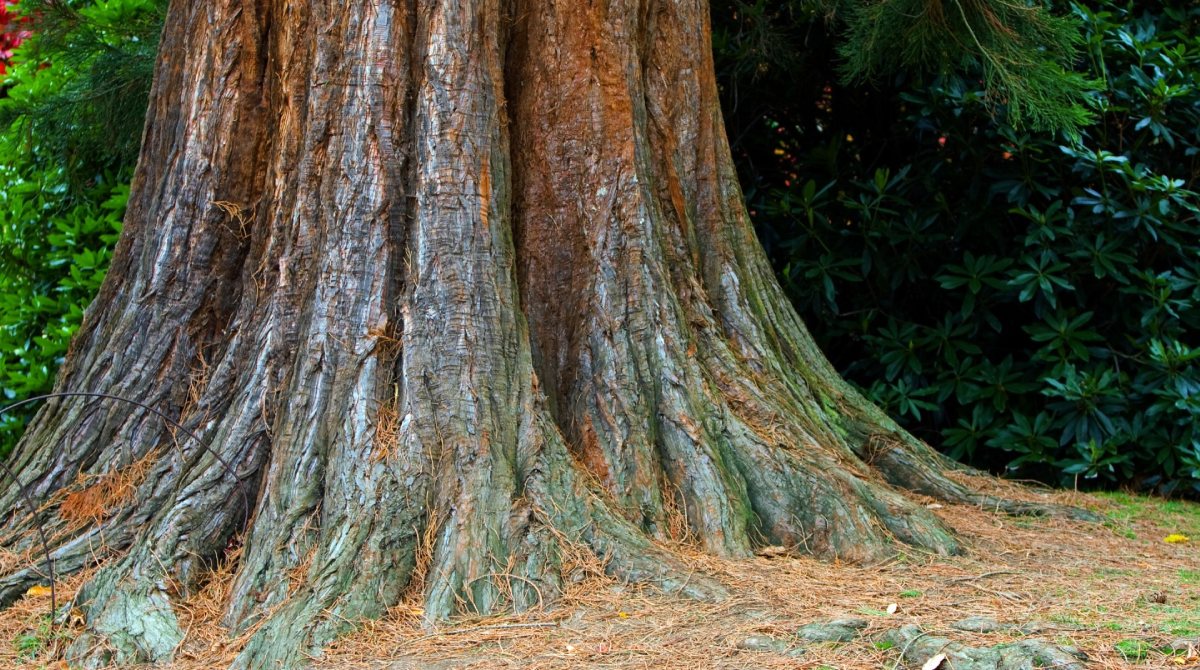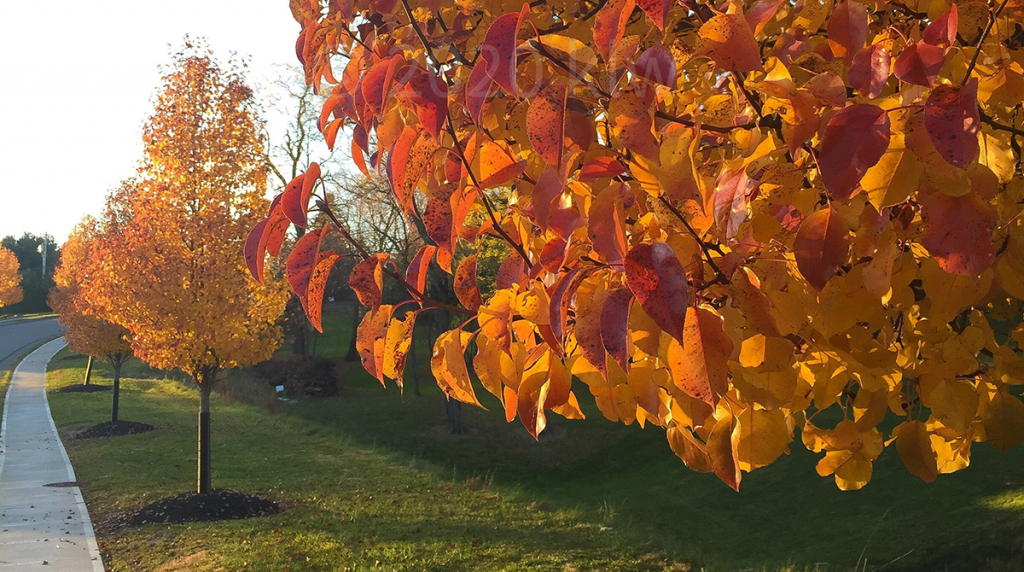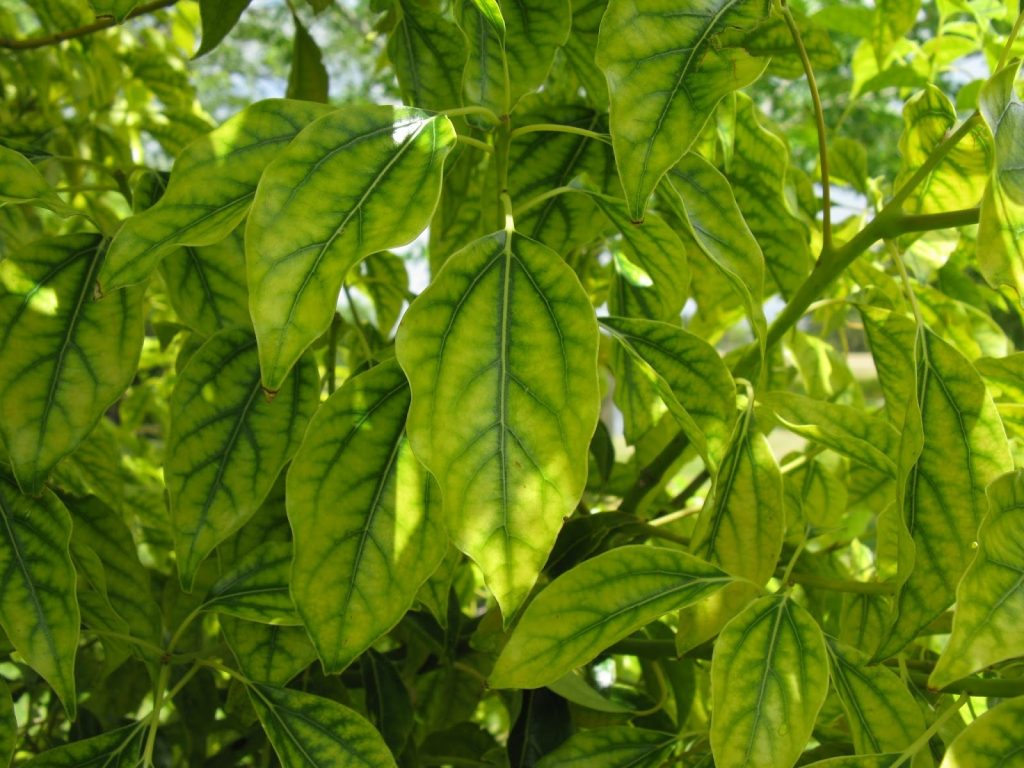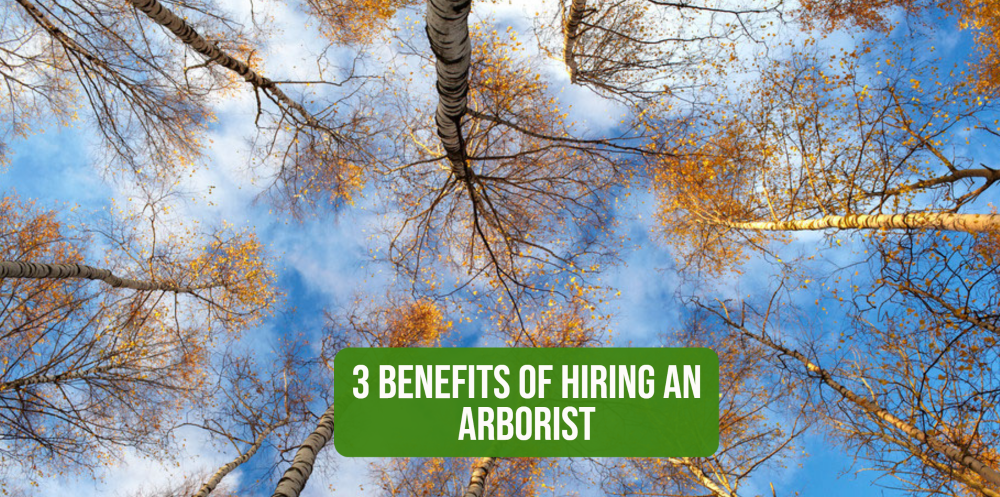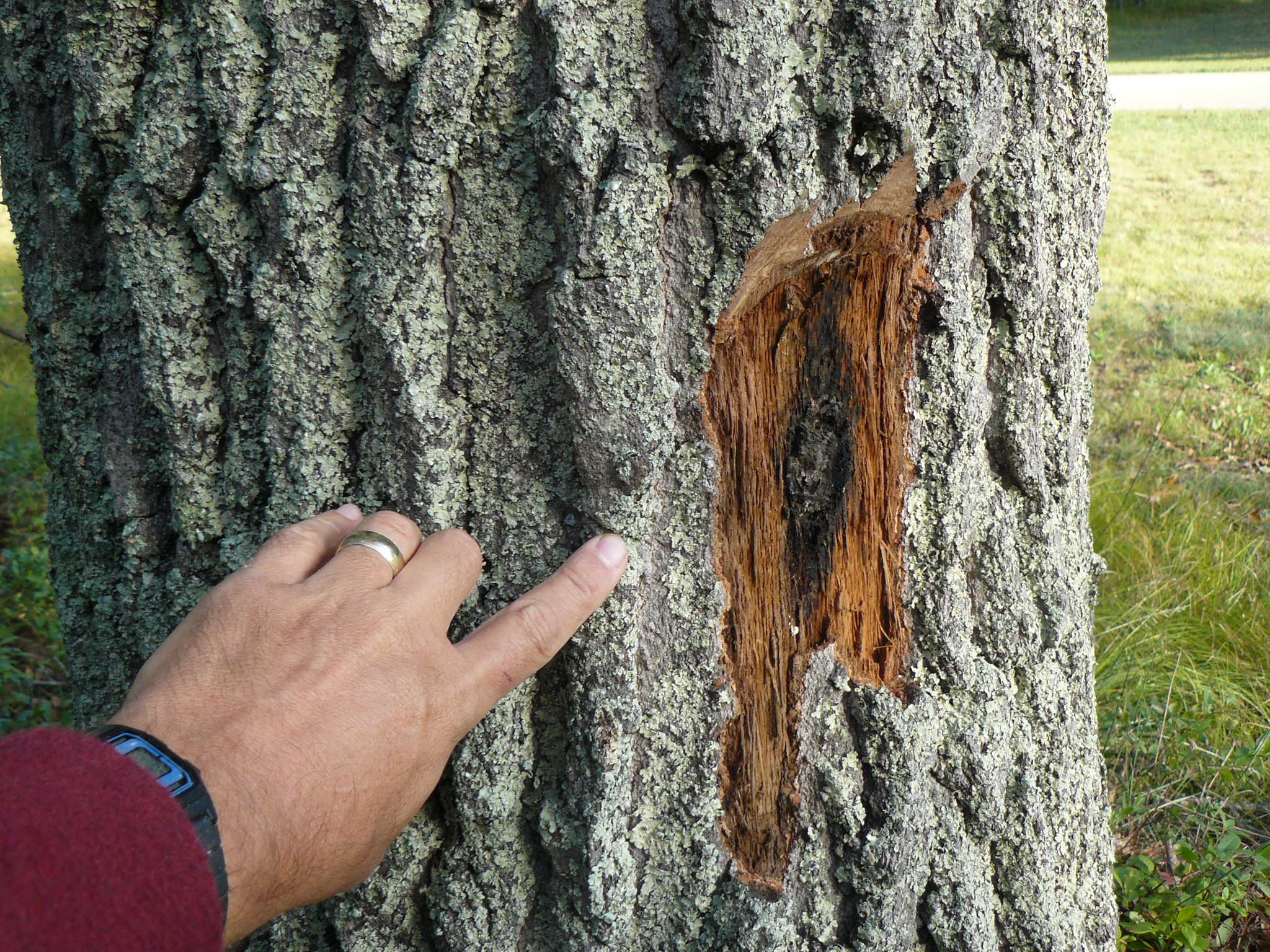
Signs of Oak Wilt: What to Look for in Your Trees
Date May 23, 2022
Category
Oak wilt is a destructive disease that affects oak trees. If you think your oak tree might be infected with oak wilt, it is important to know how to recognize the signs. In this blog post, we’ll cover the symptoms of the 3 main types of oak trees plus how it spreads so you are prepared!
What is Oak Wilt:
Oak wilt is a disease that primarily affects oak trees. It is caused by a fungus, Ceratocystis fagacearum, which invades the tree’s vascular system and prevents water and nutrients from being transported throughout the tree. This can cause the leaves to turn brown and wilt, eventually leading to the death of the tree.
Causes of Oak Wilt:
The most common way oak wilt initially takes hold of a tree is through a root graft to an adjacent, infected tree.
Once the fungus has entered the tree, it quickly begins to spread throughout the vascular system, clogging the vessels and preventing water and nutrients from being transported. The tree then wilts and dies.
How Does Oak Wilt Spread:
There are several ways that oak wilt can spread to infect a tree. The most common way is through the root systems of interconnected trees. When one tree becomes infected, the fungus can spread through the roots to other nearby trees.
Oak wilt can also be spread by beetles that carry the fungus from tree to tree as they feast on the oozing sap. Finally, infected wood chips or firewood can also spread the disease if they are moved to a new location.
Important Note: If you think infected wood chips or firewood may be the cause of oak wilt in your trees, call an ISA-Certified arborist to safely remove the material from your property for disposal. Better safe than sorry!
Symptoms and Signs of Oak Wilt
There are three main types of oak trees: red oaks, white oaks, and live oaks. All three types can be affected by oak wilt, but the symptoms will differ slightly depending on the type of tree.
Signs of Oak Wilt in Red Oaks
- Discoloration of Leaves
The first sign of oak wilt in red oaks is usually discoloration of the leaves‘ veins. They will turn from their normal green color to brown or black.
- Wilted or Curled Leaves
The next symptom is wilting or curling leaves. This can happen suddenly and oftentimes starts at the very top of the crown before spreading downward through the canopy.
- Complete Leaf Drop
If the infection remains untreated, the tree will eventually lose all of its leaves or defoliate. This can only take a matter of weeks to happen once symptoms start becoming visible.
- Faint Discoloration on Outer Sapwood
Often the easiest symptom to miss for the untrained eye, layers of the trunk may show spotting or discoloration of a brown color when exposed.
- Dying Branches
Eventually, the infection will spread throughout the branches, causing them to die. This usually happens, starting with the lower branches and working its way up before the entire tree eventually dies.
Signs of Oak Wilt in White Oaks
- Slow Leaf Wilting
The next symptom is wilting leaves. This happens very similarly to that of red oaks but at a much slower pace. The leaves may also curl up or turn brown.
- Leaf Discoloration
The leaves will eventually turn completely different colors, from the leaf margins all the way around to the base. This is often the first sign that homeowners notice.
- Brown Streaking in Outer Growth Rings
As the disease progresses, you may start to see brown streaking in the outer growth rings of the tree. This is caused by the infection spreading through the sapwood. Keep in mind this symptom may not occur at all in white oak.
- Slow Death
Also like the red oak tree, oak wilt in white oaks is also eventually fatal. Since the disease travels one branch at a time, it just tends to take white oaks much longer to fully succumb.
Signs of Oak Wilt in Live Oaks
- Chlorotic Leaves
The first sign of oak wilt in live oaks is usually chlorotic leaves. This means that the leaves will turn yellow or an odd shade of pale green as the health of the leaf declines.
- Browning of Leaf Tips and Margins
The next symptom is the browning at the very tips of the leaf or around its edge or amongst its veins. This can happen on one or both sides of the leaves, but be very careful with this symptom – it can be an indicator of many different issues your tree may be having that are not oak wilt.
- Thinning Crown
As the disease progresses, the tree’s crown will start to thin out, caused by the death of leaves and branches.
- A Slow or Quick Death
The rate at which a live oak dies from oak wilt will depend on the severity of the infection.
If you think your oak tree might be infected with oak wilt, it is important to contact an ISA-certified arborist or professional tree care service like those at TreeNewal immediately. They will be able to properly diagnose the problem and recommend a course of treatment. Oak wilt is a serious disease that can kill an oak tree within months, so it is important to take action quickly if you think your tree might be infected.
We hope this has helped you learn more about the signs and symptoms of oak wilt. If you think your tree might be infected, do not hesitate to contact the pros at TreeNewal for help today.
If you need advice or assistance with protecting your trees from the devastation of oak wilt, get in touch with the ISA-Certified Arborists at TreeNewal and enjoy tailored tree care advice.
To learn more about Signs of Oak Wilt: What to Look for in Your Trees, call our Argyle and Southlake-based teams
at (817) 592-6846 or send us a message.
We’re a little different than the average tree services company.
Learn more about TreeNewal’s ISA Certified Arborists!
Our Dallas/Fort Worth-based tree doctors can explain how sustainable tree care services add more value to your bottom line.
Healthy trees, healthy lives.
